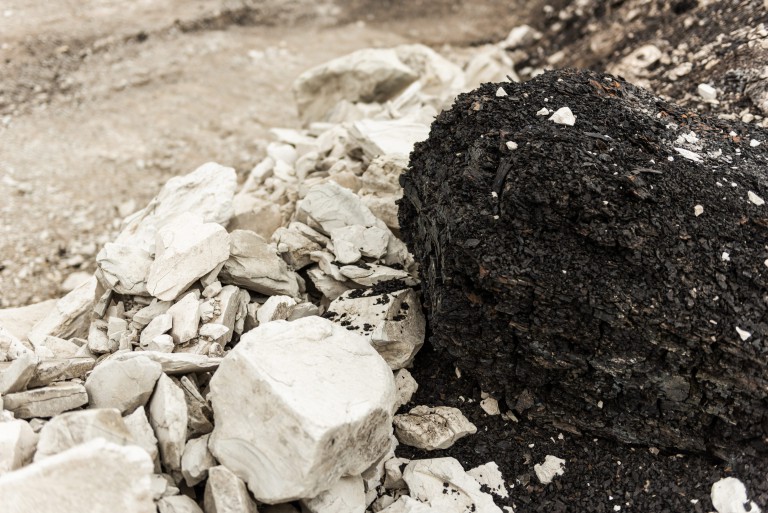It’s camping season and what’s more fun than camping and riding! Get planning with these helpful hints!
Where to find a campsite
When looking for a campsite, check with Federal and state agencies, as they have millions of acres available for horse camping and trail riding. These agencies include the National Forest Service, Bureau of Land Management, National Park Service, State Parks and even the Army Corps of Engineers. For a list of trails and campgrounds visit Horse & Mule Trail Guide USA.
Water
It is important to be aware of water availability at your campsite and to prepare for the situation. Even if your campground has readily available water, a backup plan should also be in place. Be sure to bring enough water for at least two days for each person and each horse. Some horses do not like the taste of different water sources and may not drink what is available. In this case, it is a good idea to have some apple juice, grated carrots or even to dunk the horse’s hay into water.
Try to camp at least 100 feet from water and, in the case that you are camping in the back country, be sure to include a means of purifying the water. For example, pack a water filter or iodine tablets. As well, when watering your horse in the back country, use established watering sites (ex. sites that wildlife has used for watering).
Containment
As you don’t want your horse wandering off in the night, be sure to employ a method of containment. This method should be one that your horse responds well to and is used to. Possible methods include portable corrals (if allowed in the area you are camping), hobbles, picketing, highlines, etc.
Food Storage
Make sure to store all food items in a sturdy container and out of reach of animals. Even while out riding, it is important to safely store your food items in order to help keep animals away from your camp.
Additional Items
Other important items for you and your horse(s) include a first aid kit, a sharp knife, sunscreen, insect repellent and coats and blankets.
Take an emergency kit with you on all rides and keep a good, sharp knife on you (i.e. to cut a lead line in an emergency). Sunscreen for you and your horse(s) is important to protect from sun damage and painful sunburns. If your horse has pink skin you may want to apply sunscreen to the area, as it is especially prone to burning. Insect repellent is also a good idea to protect from insect bites. Coats and blankets are important for cold nights and can also be used to help protect you and your horse(s) from insects. As well, a good flashlight and/or lantern are also a good idea, as it can be very dark out in the woods at night! For a full list of camping essentials check out this Trailer, Horse Camping Packing List
Finally, as the National Forest Service is working towards eliminating ‘noxious and invasive weeds’, be sure to ask if CWFF (Certified Weed Free Feeds) are required at your campsite. As well, it is important that when camping with your horse(s) you do not allow them to graze open, natural, green fields, as not all green grasses and plants are safe for horses to consume.
With a little planning and preparation your horse camping trip can be safe and fun!


